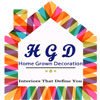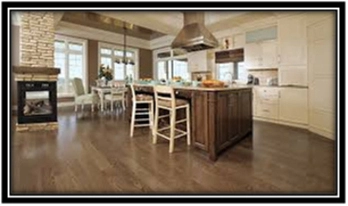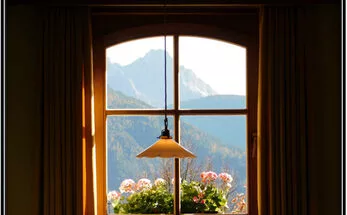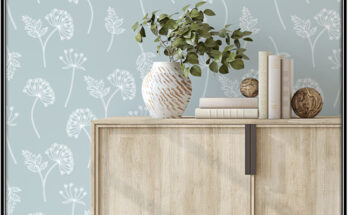These days’ cities are overflowing as younger generations are renting inner city flats that offer them a quick commute and a fast-moving lifestyle that only the city can offer. However, though this is a great gain for convenience it can mean a restriction on space and often no garden whatsoever. For the green thumbed of the world, this can be disheartening.
Gardening in the city is not only a great way to de-stress for many city dwellers, but it is also a great way to reach your own sustainability and even find healthier eating practices with your own homegrown produce. You don’t need an allotment to achieve this.
Yet, the city apartment is far from an ideal location for growing plants. There are, however, some ways you can turn a balcony, roof, or even a living room into a green city escape.
Indoor Garden: Interior design trends change with the seasons, this season it just so happens that indoor gardens are perfect. There are lots of options that suit a variety of rooms including living rooms and hallways, which can add to the aesthetic of your home as well as purifying the air of any potential toxins in your apartment.
Chances are these living spaces won’t be as exposed to light, so it can be a good idea to buy low maintenance and drought-tolerant plants such as; Cacti, Bonsai, Aloe Vera, snake plants, and Tillandsia. Part of the fun of using these types of plants is how you pot them. There are many creative examples on Pinterest, where people use old home furniture, or hanging baskets, crates, or even old wellies to house their plants.

Image Source: Google ImageIn smaller rooms, however, it is a good idea to avoid using oversized plants as they can often make it overcrowded, opposed to the light and airy style that a smaller space requires. Either buy a selection of smaller plants or compromise with one larger.
Vegetables and Herbs: Having an outdoor space gives occupiers and budding gardeners a great opportunity to either grow herbs, small vegetables, or bright and colourful flowers. There are obvious limitations compared to owning a garden or an allotment space, but also a world of opportunity.
Herbs tend to be the easiest to grow in small spaces (as their roots don’t grow as deeply). Easy-to-grow choices include rosemary, basil, parsley, thyme, and sage. Perfect for adding freshness to your Italian, Mediterranean, or Asian inspired cuisine. Most don’t need a tonne of sunlight, simply keep them in a warm space on your kitchen windowsill and water regularly. You will have a miniature herb garden before you know it!
Small vegetables and fruits can also be grown, such as; carrots, lettuce gems, tomatoes, shallots, and a variety of beans. When choosing what plant to grow you should research what is in season. If you have the space for a bigger planter then you could even think about growing some longer-rooted vegetables, i.e. potato.

Image Source: Google ImageIf your apartment suffers from a lack of light, then there are also a number of other vegetables that you can grow in your home. Mushrooms are the easiest, as you simply need to buy a specially prepared bag of soil with mushroom spawn packed inside. Place this in a dark area, such as a cupboard, and you will happily see your first crop of mushrooms in a matter of weeks. Broccoli, cauliflower and other leafy greens are good for growing in the shade. Typically, the broad leaves are good for absorbing even the slightest of sun rays.
Bright and Colorful Plants: If growing food is not what you are interested in, then plants are a great addition to give your urban abode a natural feel or a splash of brilliant colour. For ideas try pink azaleas, geranium, tulips, and daffodils which are a classic spring/ summer plant.
You can also get colourful with your plant pots, and there are several options for stacking if space is limited.
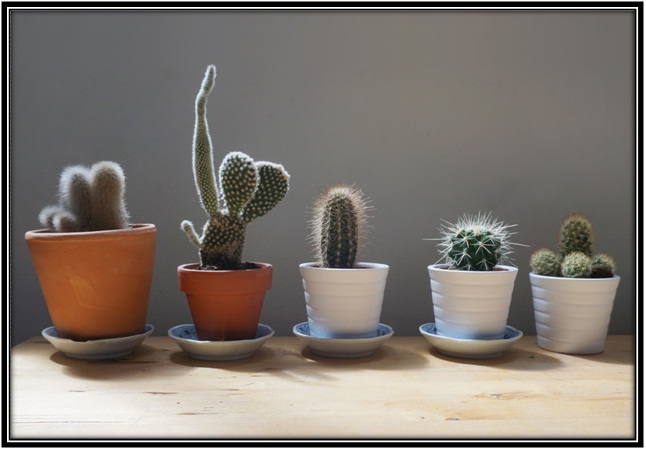
Image Source: Google ImageIn order to help your plants grow in an area that isn’t ideal, you will need to consider how much sunlight they are exposed to. Areas that receive minimal light can still be viable for growth, but make sure you rotate the plants frequently to make sure that they grow straight. In areas where sunlight is harder to come across, there are some plants that are better adjusted to living in shaded places. These include; ferns, fuchsias, azaleas, jasmine, and camellia.
It is also important to consider the impact your plants have to the building and neighbors who may share the space. Avoid bushes and plants that can attach to structures and large plants that might block other people’s view. Some plants if not managed, could be strong enough to damage part of the property.
Furniture: If you are turning your space into a floral paradise, then you may want to add furniture so you can sit and enjoy it, especially in those moments when the sun is shining. Lately, there has been an emphasis on DIY projects and recycling materials to make your city gardener sustainable. Techniques such as using jam jars for hanging lights or an old wooden box for a table are particularly stylish.
If you have space for a chair and table then wicker furniture offers the luxurious indoor comfort, with the durability required for the outdoor elements. With added comfy cushions for the ultimate relaxation experience. For chilly evenings, warm wool blankets can be essential for staying warm but still enjoying your little slice of paradise.
As mentioned previously, using lights can turn a day garden into a snug night time spot. There are a variety of options, anything that hangs and doesn’t take up much room can be ideal.
So, there you have it! Four amazing ways to make your city space feel like a jungle – no matter the size! Best watch out for big (alley) cats lurking in the greenery from now on.
